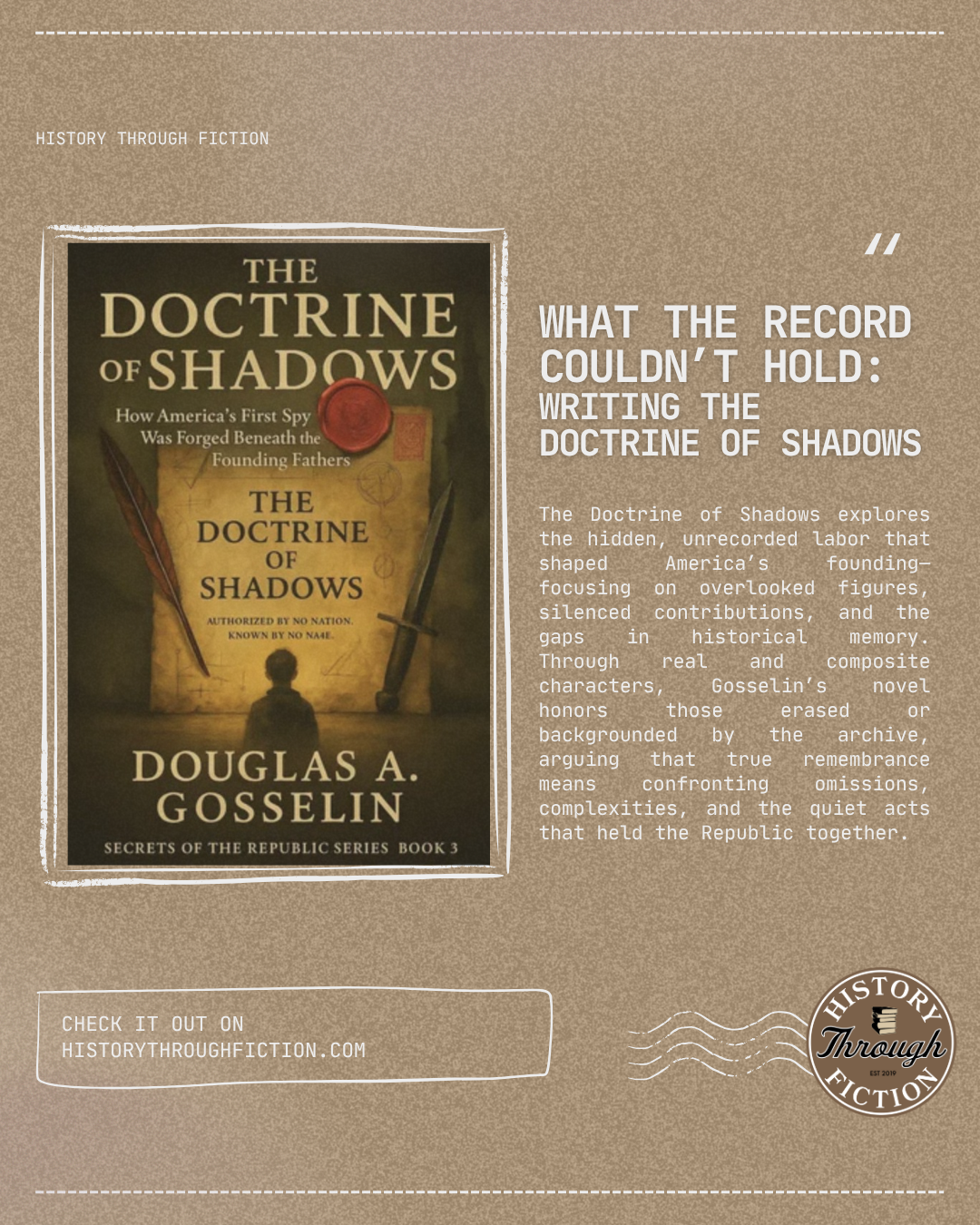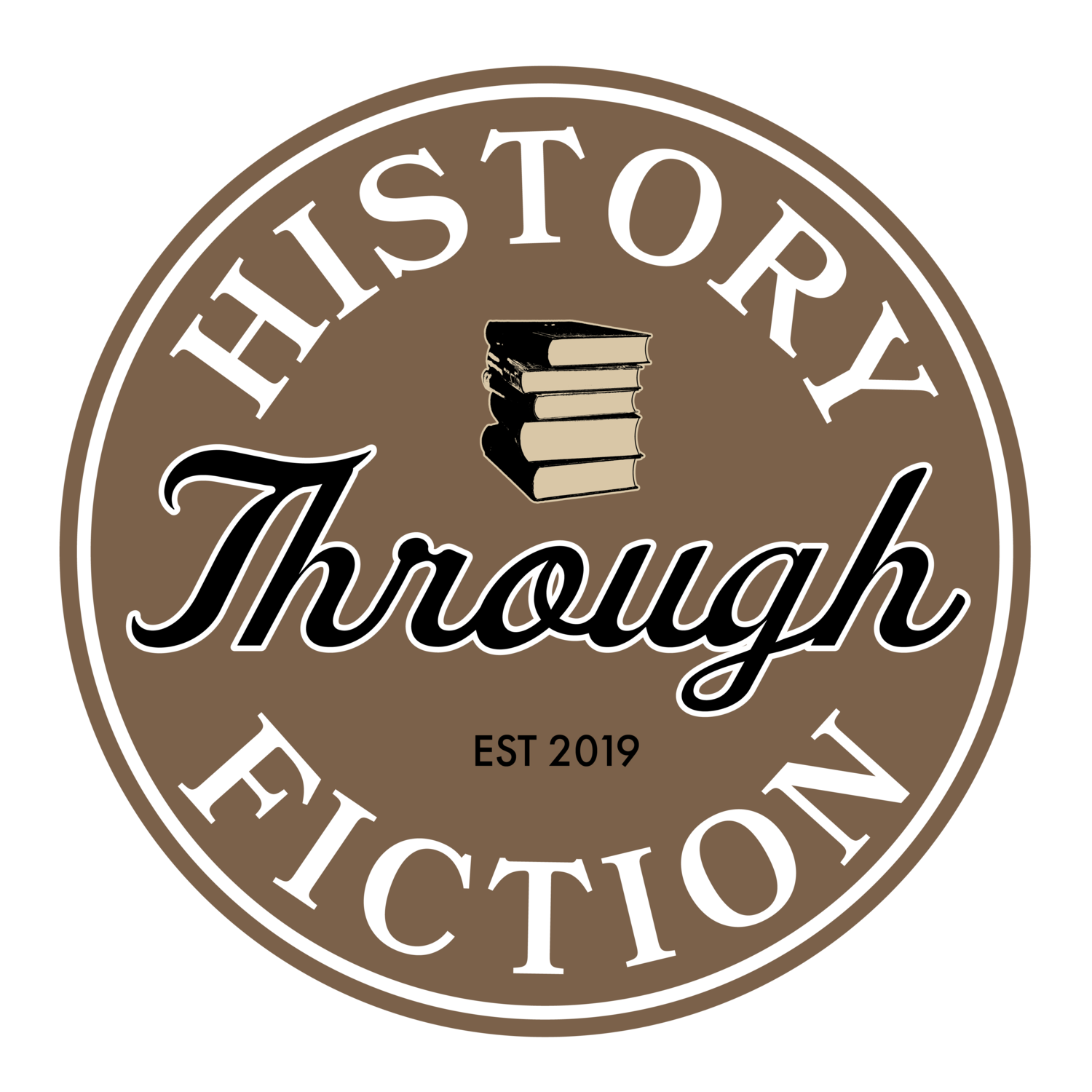
Blog

Unlikely Spies: The Soldier Spy Series by Rosemary Hayes
Roseary Hayes explores the hidden world of espionage during the Napoleonic Wars, uncovering ingenious spy tactics, complex codes, and the roles of both men and women in covert operations. Highlighting figures like Arabella Williams and the notorious Joseph Fouché, she reveals real-life inspirations behind the novel “The King’s Agent,” where fictional agents navigate danger, deception, and loyalty.

What the Record Couldn’t Hold: Writing The Doctrine of Shadows
The Doctrine of Shadows explores the hidden, unrecorded labor that shaped America’s founding—focusing on overlooked figures, silenced contributions, and the gaps in historical memory. Through real and composite characters, Gosselin’s novel honors those erased or backgrounded by the archive, arguing that true remembrance means confronting omissions, complexities, and the quiet acts that held the Republic together.

How Humor Finds a Voice in Historical Fiction
Patricia Furstenberg explores how humor enriches historical fiction, offering emotional resilience, social commentary, and deeper character connection. Far from trivializing suffering, wit reveals cultural identity, challenges power, and bridges past and present. Through jokes and satire, humor exposes human complexity, fosters empathy, and makes history relatable—showing that laughter has always been a vital tool for survival and understanding.

A Stitch in Time: Avoiding Anachronism in Characters’ Clothing and Jewelry
Attention to historical accuracy in fiction is vital for immersive world-building. Details like clothing, jewelry, and even shoes reveal class, status, and era—sumptuary laws, codpieces, and shoe styles all mattered. Trends in ear piercings and rings changed over centuries, reflecting social shifts. Writers should research even small details, as inaccuracies can break authenticity. The Victorian era especially saw rapid fashion changes, making careful research essential for believable storytelling.

Doing Internet Research for your Historical Novel? Author Beware!
The internet is fast, convenient, and filled with information. But it’s not always right! Before researching your next historical novel, read this blog post to learn why it’s so important to verify what you read.
